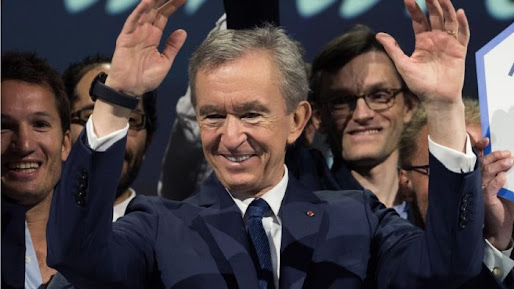Business: Emerging market currencies prosper as US dollar falters
Investors look beyond risk of globalization and oil going the wrong way
Markets now and again behave in ways least expected, none more so than the resilience of emerging market currencies against the US dollar.
Two of the main factors underpinning EM foreign exchange flows — globalization and oil — are going the wrong way.
Globalization looks more vulnerable than ever following the G20 finance ministers’ meeting that pointedly failed to include the need to fight protectionism in its communique. Meanwhile, the oil price is under pressure from excessive stockpiles and the resurgence in the US shale industry.
By rights, EM currencies should be suffering as the Federal Reserve remains on course for further tightening, while Treasury yields remain elevated despite coming off in the past week. That has prompted some traders to wonder whether conditions are similar to the 2013 “taper tantrum” when elevated yields drove investors out of EM in an unseemly rush.
As Brad Bechtel at Jefferies International says, a combination of higher yields and lower commodities “should hit EM square in the chops”.
And yet, amid increasing signs of global economic growth, EM currencies are doing just fine, benefiting especially from the bruising treatment investors are meting out on the dollar.
After its stellar rise in the fourth quarter of 2016, the global reserve currency has been suffering not just against EM currencies but also its G10 peers, as investors unwind their so-called post-election “Trump trades”.
JPMorgan’s EM currencies index has climbed more than 4 per cent this year to its highest level since late October.
Seven of this year’s 10 strongest currencies against the dollar are from emerging markets, led by the South African rand, up 9 per cent, and the Mexican peso which, despite the US president’s protectionist bombast, has risen 8.5 per cent.
Forex positioning data from Bank of America Merrill Lynch underline the trend. Flows into EM forex relative to last year beat flows into every G10 currency. Cash is “continuing to come out to play on every dip and every rally”, Mr Bechtel says. At the same time, the carry trade favours buying up currencies such as the rand and the Indian rupee, says Goldman Sachs.
How long will this rally last? “Another three months,” according to Valentijn van Nieuwenhuijzen of the Dutch-based fund NN Investment Partners. “I don’t think you can look too far into the future at what the world might look like.” Right now, he says, flexibility is the best investment strategy.
EM investors appear sanguine about the likelihood of Trump policies such as a border adjustment tax and reassured by last week’s Fed “dovish hike”, says BofA strategist Myria Kyriacou.
The Fed’s even-handed approach to US growth is suiting EM countries. Sri Mulyani Indrawati, Indonesia’s finance minister, says the Fed has communicated more clearly since the 2013 taper tantrum, making an upset this year less likely
“It is data driven and it is providing clarity about its decisions,” she says in an interview in London. “A tantrum is less possible as people will not be caught off guard.”
Yet few forex analysts are prepared to declare the death of the dollar rally. Risks to EM loom large, the biggest being US protectionism aimed at China, says Paul McNamara, investment director at GAM. “If you see a big slowdown in China, it is very hard to see EM doing well,” he says.
Nor is there much underlying strength across emerging markets to give investors comfort. Productivity and competitiveness are not improving, says Bhanu Baweja, EM cross-asset strategist at UBS, structural problems persist and EM growth relative to growth in developed markets is going to remain low.
“We are not seeing any sense of a renaissance in EM growth,” Mr Baweja says.
Still, economic growth is picking up, says Mr van Nieuwenhuijzen, and while commodity prices are stalling they are not in freefall.
EM countries are more exposed to a reversal in capital flows, he admits, and there are headwinds from higher yields and Fed tightening, “but these are more than counterbalanced by EM growth returning”.
There is also the prospect of a positive feedback loop, if capital flows lead to stronger currencies, interest rates coming down and a pick-up in equities, resulting in a broader improvement in market sentiment.
Compare today with the rates-driven EM sell-off in 2013, says Mr McNamara, and you see better fundamentals — falling current account deficits, and the growth gap with DM narrowing and going into reverse. “EM is winning capital on its own account,” he says.
EM also compares well with other assets such as overbought developed market equities. If there is an element of “Buggins’ Turn” in EM investing, it is also the case that investors were underinvested in EM.
“That’s run its course,” Mr McNamara says. “We are set for a good run, but this isn’t some new bull market. This is only catch-up.”
Additional reporting by Jonathan Wheatley



Comments
Post a Comment